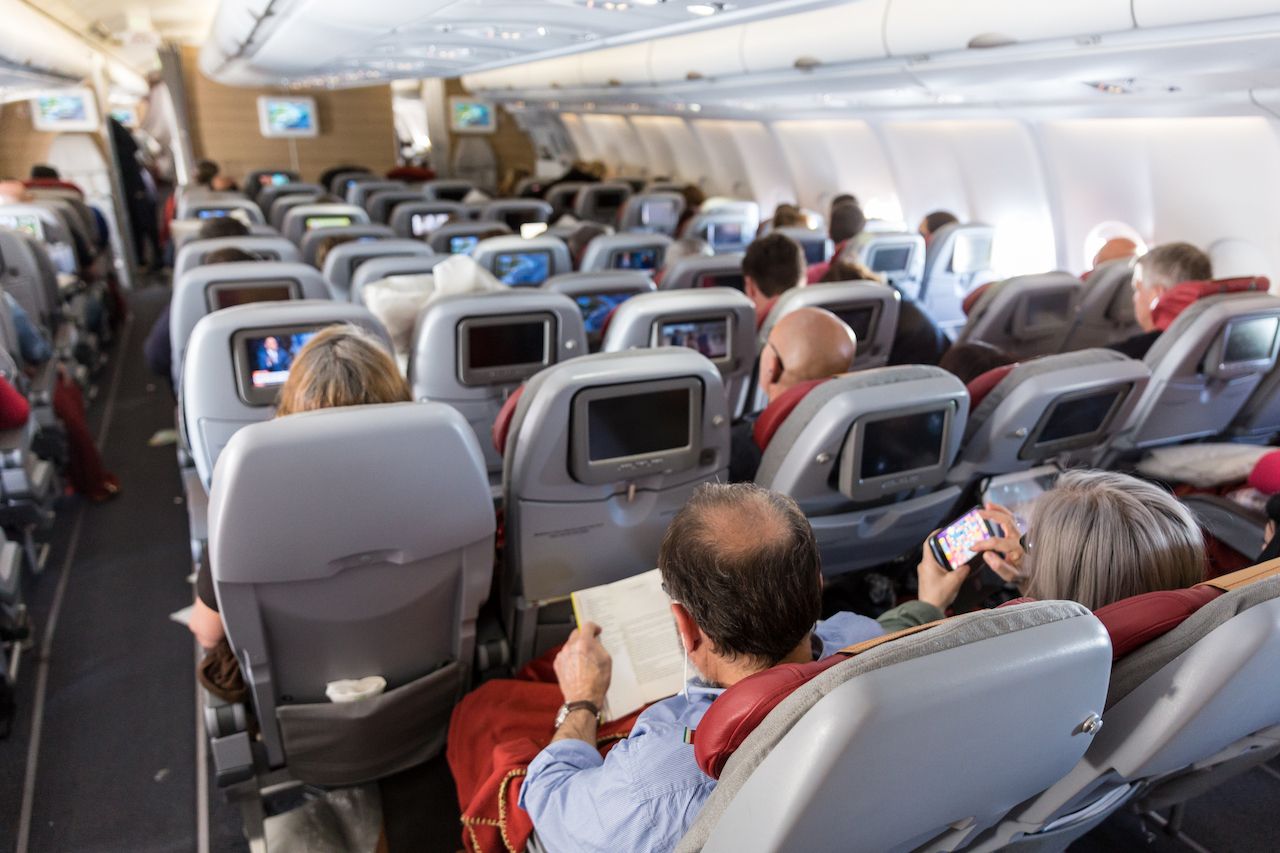On March 31, 2020, just under 150,000 people passed through TSA airport checkpoints — more than two million fewer people than on March 1 of the same year. It seemed to be a sign for how the rest of the year would go for airlines: Many governments severely restricted travel to slow the spread of COVID-19. By 2021, the number of passengers started to tick back up, and that number has jumped significantly as an increasing number of people are vaccinated and destinations open their borders.
Some of the responsibility for safe travel is on the passengers themselves. The debate over vaccination passports rages on, and the CDC advises that only vaccinated people take trips. Yet it’s not all on the travelers. Airlines and airports have been steadily making improvements to ensure that passing through airports is safe.
We spoke with a number of airline officials, an architecture firm that works with airlines, and airport administrators for information on how the flying experience has changed, as well as how it will continue to change in response to COVID-19 in upcoming years.



